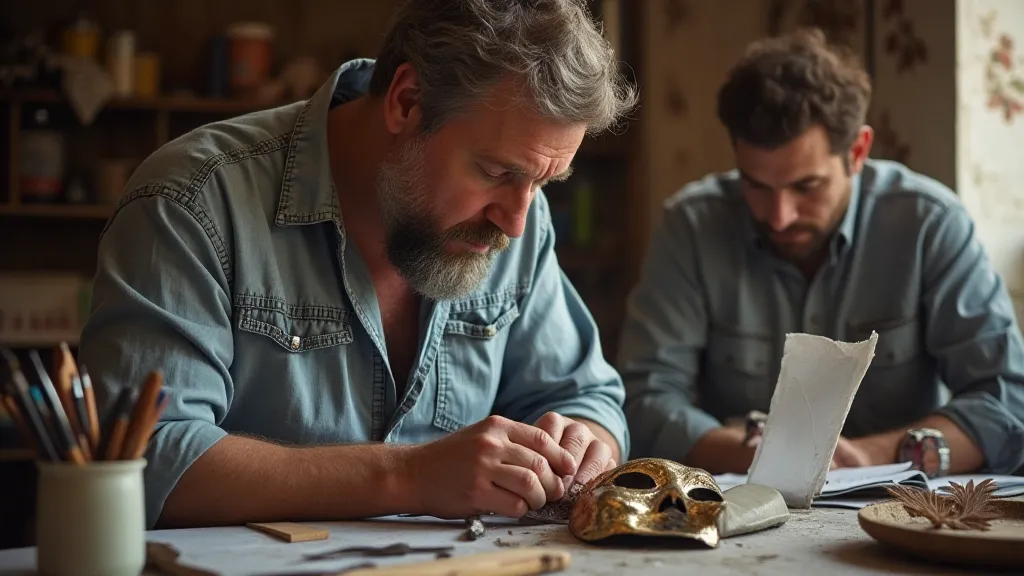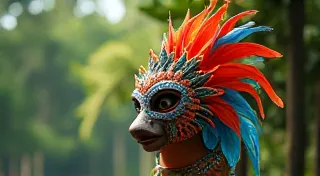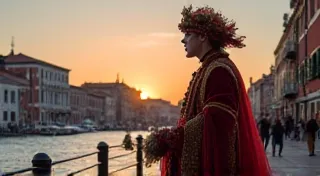The Venetian Carnival Mask: History, Craftsmanship, and Symbolism
The Venetian Carnival mask is instantly recognizable – a symbol of mystery, revelry, and a rich cultural heritage. But beyond the dazzling appearance lies a fascinating history, intricate craftsmanship, and layers of symbolic meaning. This article delves into the world of Venetian masks, exploring their origins, the techniques used to create them, and the roles they played – and continue to play – in Italian traditions.
Origins and Historical Context
The tradition of masked balls and carnival celebrations in Venice dates back to the 13th century. While the exact origins are murky, it's believed that masks initially offered a way for Venetians from different social classes to interact anonymously, temporarily blurring the rigid hierarchies of the time. Nobles could mingle with merchants, and the lower classes could, for a brief period, assume a façade of social equality. The Venetian Republic actively encouraged the masked celebrations, viewing them as a release valve for pent-up social tensions. Throughout the centuries, the Carnival gained incredible popularity, and mask making became a thriving industry.
During the 17th and 18th centuries, the Carnival reached its peak. Masks became increasingly elaborate and sophisticated, reflecting the opulence and artistry of the era. The government even regulated the types of masks that could be worn and the times they could be worn to maintain order, though these regulations were often ignored.
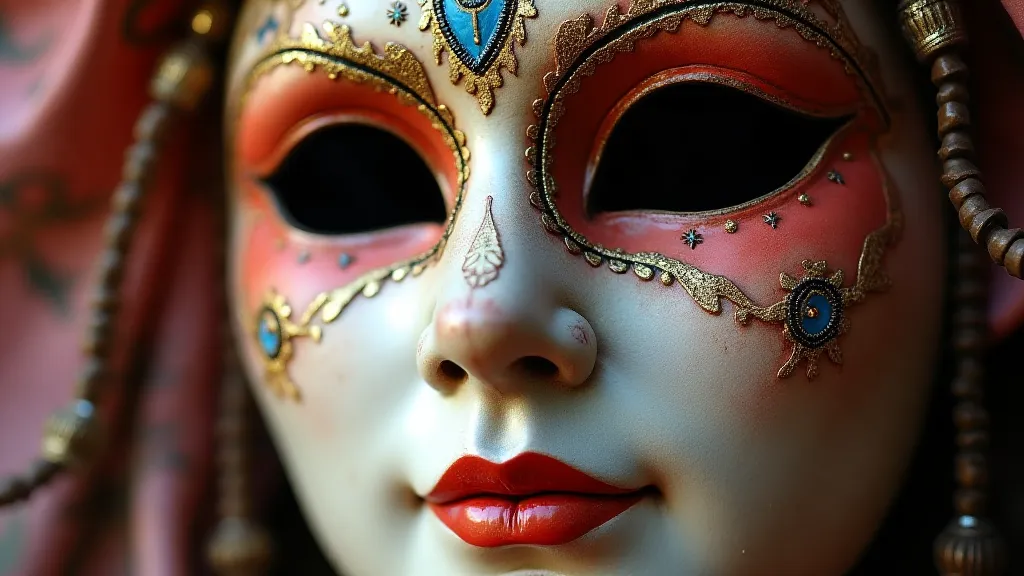
The Craftsmanship Behind the Masks
Historically, Venetian mask making was a highly skilled craft passed down through generations. The core material was, and still largely is, papier-mâché – layers of paper soaked in glue and molded over a base form. This process required both precision and artistic skill. Traditional mask makers were often artisans who combined the skills of sculptor, painter, and decorator.
Once the papier-mâché was dried and hardened, it was then meticulously carved and shaped. Details were added using leather, feathers, and other decorative elements. The painting was often done with oil paints, creating vibrant and long-lasting colors. Gold leaf was frequently used to add a touch of luxury and prestige.
The style of mask making evolved over time, with different workshops developing their own unique techniques and designs. Some specialized in creating more theatrical masks for performances, while others focused on elegant masks for social events.
Types of Venetian Masks and Their Symbolism
Each style of Venetian mask carried its own unique symbolism and purpose:
- Bauta: Perhaps the most recognizable mask, the Bauta covers the entire face and features a beak-like nose. It provided complete anonymity and muffled the wearer’s voice, encouraging unrestrained behaviour.
- Medico della Peste (Plague Doctor): This mask, with its distinctive long beak, was originally worn by doctors tending to plague victims. The beak held sweet-smelling herbs to ward off disease. Over time, it became a theatrical and somewhat sinister mask associated with Carnival.
- Colombina: A half-mask covering only the upper face, the Colombina allowed for more freedom of expression and often featured elaborate decorations like feathers, jewels, and ribbons.
- Arlecchino (Harlequin): This mask is associated with the Commedia dell'Arte character Arlecchino, a mischievous and acrobatic servant. It’s typically black leather and visually represents a playful and rebellious spirit.
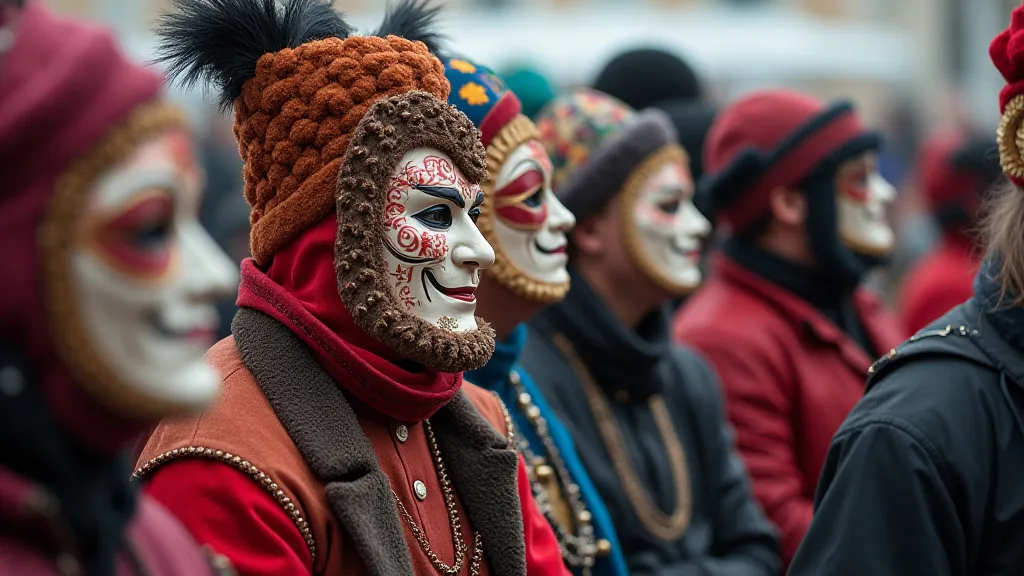
Modern Significance and Cultural Heritage
While the strict regulations surrounding Carnival were relaxed in the 18th century and the tradition was briefly banned in the 19th century, Carnival and its associated mask making experienced a revival in the 20th century and continues to be a major cultural event in Venice today. Modern artisans are keeping the traditional techniques alive, creating masks that are both beautiful works of art and cherished symbols of Venetian heritage.
Today, Venetian masks are sought-after souvenirs and artistic pieces, representing not only the vibrant history of Venice but also the enduring power of tradition and creativity. The skills and artistry involved in their creation are considered an invaluable part of Italy’s cultural heritage, and efforts are underway to preserve and promote this unique art form for generations to come.
